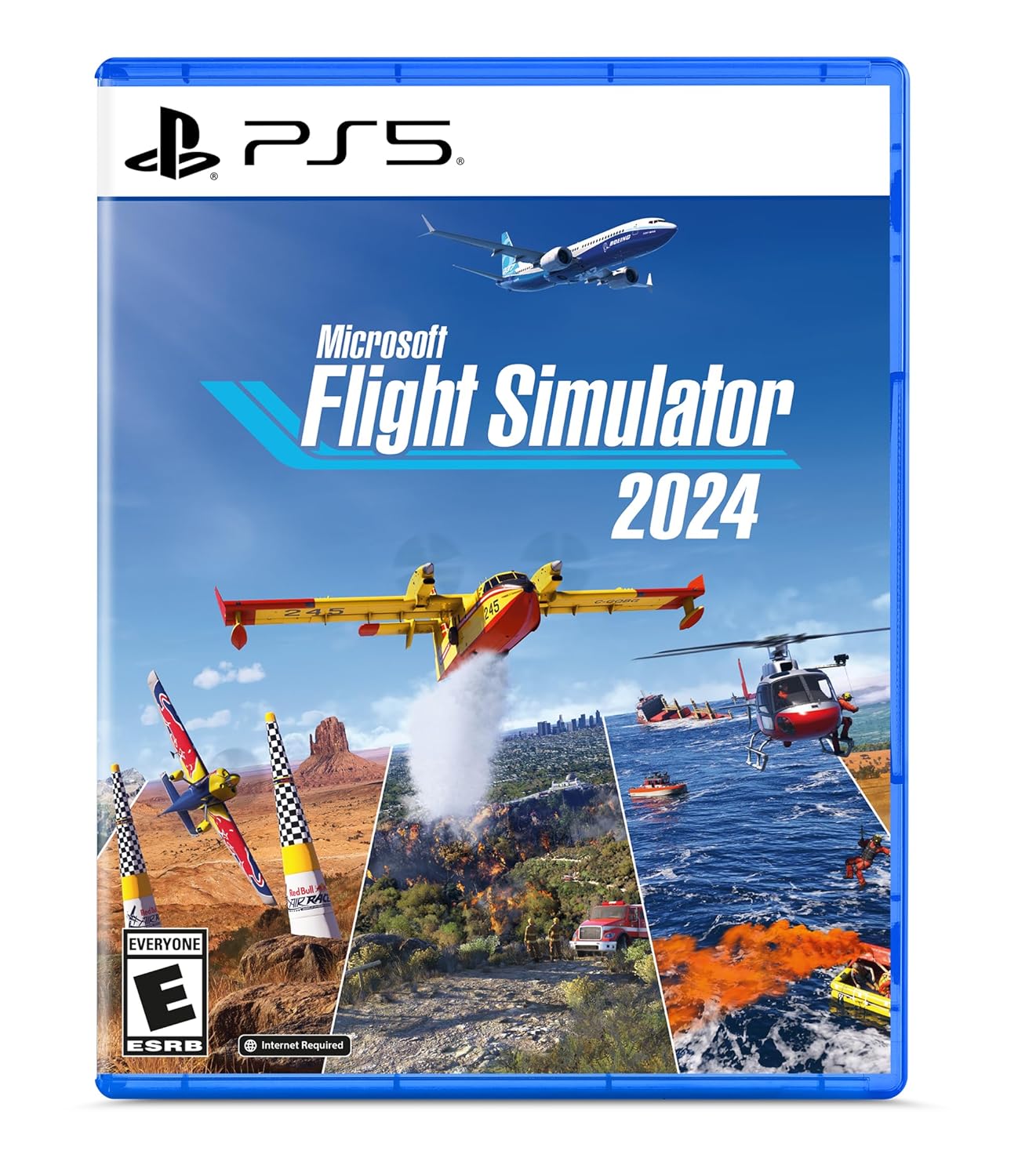
Brand: Nintendo
Introduction
Mario Kart 8 Deluxe for the Nintendo Switch is a definitive entry in Nintendo’s beloved kart racing franchise. Released as an enhanced version of the original Mario Kart 8 from the Wii U, this Deluxe edition bundles all previous downloadable content, adds new characters, introduces revamped gameplay features, and takes full advantage of the Switch's portability and multiplayer flexibility. For both seasoned fans and newcomers, Mario Kart 8 Deluxe represents a high watermark in arcade-style racing games.
Gameplay and Mechanics
Mario Kart 8 Deluxe refines and expands the core mechanics that have made the series a staple for generations. The core gameplay remains familiar: players race against a roster of iconic Nintendo characters across imaginative tracks while using a variety of whimsical power-ups to hinder opponents or gain advantages.
One of the most celebrated additions to the Deluxe version is the reintroduction of the dual item box system, allowing players to carry two items at once. This change significantly deepens the strategy, making races more unpredictable and dynamic. Whether deploying a well-timed shell or holding onto a banana for defense, the expanded inventory adds layers to each lap.
The game also features three speed classes: 50cc, 100cc, and 150cc, along with the high-octane 200cc mode. Each class increases the speed and difficulty, providing an accessible challenge for beginners and a serious test for veterans. The addition of “Smart Steering” helps novice players stay on the track, making it more family-friendly and inclusive without hindering competitive depth.
Graphics and Presentation
Mario Kart 8 Deluxe stands as one of the best-looking games on the Nintendo Switch. The vibrant art style, smooth animations, and imaginative course design contribute to an experience that is both visually stunning and technically impressive. The game runs at a consistent 60 frames per second in both handheld and docked modes, which is crucial for a fast-paced racing title.
Tracks range from futuristic anti-gravity circuits to lush jungles and ghostly mansions, each teeming with details that enhance immersion. Returning courses from past games are lovingly remastered, while the new tracks offer creative twists that keep players engaged. The anti-gravity sections, in particular, stand out by flipping expectations—allowing players to drive along walls and ceilings, further enriching the gameplay.
Content and Features
Mario Kart 8 Deluxe is packed with content. It includes all 48 tracks from the original game and its downloadable content, a full roster of over 40 characters, and a variety of karts, bikes, and customization options. Newcomers like Inkling Boy and Girl from Splatoon, King Boo, Dry Bones, and Bowser Jr. round out the roster, bringing fresh faces to the competition.
The Battle Mode, often criticized in the Wii U version, has been completely revamped. Now featuring dedicated arenas rather than altered race tracks, this mode includes five variations: Balloon Battle, Renegade Roundup, Bob-omb Blast, Coin Runners, and Shine Thief. These modes provide a welcome diversion from traditional racing and are a highlight in local multiplayer sessions.
Multiplayer and Online Experience
Multiplayer has always been the heart of Mario Kart, and it offers numerous ways to connect. Locally, up to four players can race on a single console using split-screen. LAN support allows for up to twelve players in one room using multiple Switch consoles, and online play enables races and battles with friends or global opponents.
Online stability is generally solid, with matchmaking that is quick and fair. Players can create private rooms, join tournaments, or compete in worldwide races. Voice chat is available through the Nintendo Switch Online app, though many players may find third-party communication methods more reliable.
Performance on the Switch
Mario Kart 8 Deluxe is well-optimized for the Nintendo Switch. It supports both docked and handheld modes without sacrificing visual fidelity or performance. Load times are quick, menus are responsive, and the user interface is intuitive. The Joy-Con controllers work well, though dedicated players may prefer the Pro Controller for enhanced precision.
The game also benefits from the Switch’s portability. Whether on the go or docked at home, the racing action remains fluid and accessible. Quick setup for local multiplayer sessions is a key advantage, turning any setting into a potential racecourse.
Longevity and Replay Value
Thanks to its deep roster, diverse track selection, customizable vehicles, and multiple difficulty levels, Mario Kart 8 Deluxe offers immense replay value. Whether unlocking new parts, chasing high scores in Time Trials, or participating in online tournaments, there's always something to strive for.
The game is also highly social, ideal for parties, family nights, and casual hangouts. The unpredictable nature of item-based racing keeps each session fresh and exciting, even for players who’ve raced every track countless times.
Conclusion
Mario Kart 8 Deluxe is the ultimate version of a beloved classic. It refines the series' best features while introducing enhancements that make it more accessible, competitive, and fun than ever. With gorgeous graphics, tight controls, abundant content, and seamless multiplayer, it sets a high standard for racing games on the Nintendo Switch.
Whether you're revisiting it from the Wii U days or jumping in for the first time, Mario Kart 8 Deluxe delivers a thrilling, joyful, and endlessly replayable experience that cements its place as a must-have title for any Switch owner.



